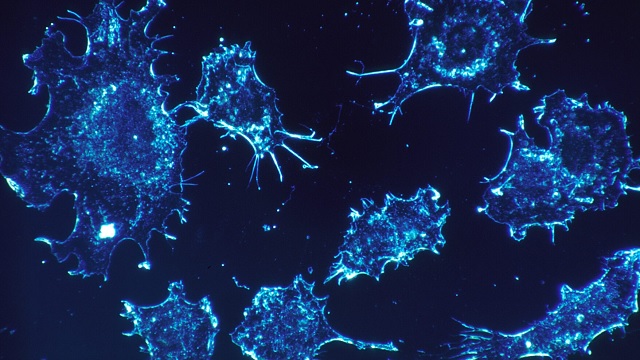Cancer death rates in America have dropped by 32 per cent says new report
A new report from American Cancer Society shows that the cancer death rate in the US dropped by about a third from its peak in 1991 to 2019.
A new report from American Cancer Society shows that the cancer death rate in the United States dropped by about a third (32 percent) from its peak in 1991 to 2019 — from about 215 deaths for every 100,000 people to about 146.
According to the data, this translates to about 3.5 million deaths prevented during that time.
Much of the drop in death rates due to cancer in US is because of the progress made against lung cancer, which remains the leading cause of cancer death in the country. Over the past two decades, the death rate for lung cancer has declined even faster than the rate at which patients are diagnosed with the disease. And while part of the early success in preventing lung cancer can be attributed to the massive drop in smoking rates, the authors note the most recent downward trends seem to correspond with the approval of new treatments for non-small cell lung cancer that improved the likelihood of survival.
The report, published in Cancer showed decreases in death rates of 2.1% per year overall, with treatment advances fueling steeper declines in lung cancer and melanoma.
Increased cancer incidence among certain populations can be attributed in part to changes in risk factors, screening test use and diagnostic practice, investigators wrote. They also noted persistent racial and ethnic disparities in death rates and incidence of several cancer types.
Death rates from melanoma also saw an accelerated decline in the past decade, despite a growing number of diagnoses. Like in lung cancer, authors point to the introduction of novel treatments around the same time as the turnaround on the death rate. New targeted and immune checkpoint inhibitors were approved by the Food and Drug Administration in 2011, one year before major declines in death rates were seen in women and two years before they were seen in men.
In their report, researchers from the American Cancer Society also pointed to HPV vaccinations as connected to reductions in cancer deaths. HPV, or human papillomavirus, infections can cause cervical cancer and other cancer types, and vaccination has been linked with a decrease in new cervical cancer cases.
Among women in their early 20s, there was a 65% drop in cervical cancer rates from 2012 through 2019, which follows the time when HPV vaccines were put into use, said Dr. William Dahut, the society’s chief scientific officer.
The lifetime probability of being diagnosed with any invasive cancer is estimated to be 40.9% for men and 39.1% for women in the US, according to the new report.
The report also includes projections for 2023, estimating that there could be nearly 2 million new cancer cases – the equivalent of about 5,000 cases a day – and more than 600,000 cancer deaths in the United States this year.
During the early days of the Covid-19 pandemic, many people skipped regular medical exams, and some doctors have seen a rise in advanced cancer cases in the wake of pandemic-delayed screenings and treatment.
Also read: How abortion ban is negatively affecting cancer treatment in pregnant women




 Kalinga AI
Kalinga AI